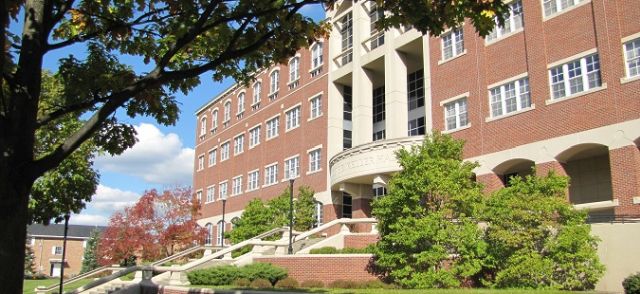Document Type
Article
Publication Date
2012
Publication Source
Minnesota Journal of Law, Science & Technology
Abstract
When viewed in the context of sound recording infringement and digital sampling, two recent high court rulings—one in the United States and the other in Germany—have determined that good fences do, indeed, make for sensible legal boundaries with respect to the copyrights held by the owners of sound recordings. While the legal doctrines employed by the courts in each of these cases are different in letter and theory, both courts concluded that owners of rights held in sound recordings should reasonably expect the law to protect the valid boundaries of those rights when third parties engage in the practice of unauthorized digital sampling. However, both courts also ultimately fall short in setting and defining parameters that will provide reasonable guidelines for uses that should be considered fair or free for musicians who wish to sample.
This article contains five sections. Section I explores the historical, technical, and cultural development and progression of the practice of digital music sampling, revealing how musicians in today’s modern recording studio (or even at home on their computer) are truly creating sounds that have no legal bounds. Section II discusses the overarching philosophies that have influenced the creation of laws enacted by both the United States and German legislatures to protect sound recordings, focusing on the differences between the property, economic, moral, and entrepreneurial rights components of intellectual property created by musicians and their producers. Section III is a comparative law observation of the differences between how United States copyright law doctrines and German neighboring-rights law principles support the intellectual property that is contained in the sound recording (the medium in which digital samples are created). The section examines the historical treatment of digital sampling cases in both countries, focusing on the similarities and differences in the U.S. Sixth Circuit ruling in Bridgeport Music, Inc. v. Dimension Films and the German Federal Supreme Court ruling in Kraftwerk v. Moses Pelham, officially titled Metall auf Metall by the Bundesgerichtshof or “BGH,” which is the highest court for most private law cases in Germany. Section IV provides a diagnosis of each holding, specifically challenging the analyses and application of the defenses available to third-party samplers. Finally, the article concludes in Section V by proposing that the current laws protecting sound recordings in both the United States and Germany are in need of a serious overhaul in light of the continuing and constant technological development of music sampling techniques.
Inclusive pages
153-209
ISBN/ISSN
1552-9533
Document Version
Published Version
Copyright
Copyright © 2012, Tracy Reilly, Minnesota Journal of Law, Science & Technology
Publisher
University of Minnesota Law School
Volume
13
Issue
1
Place of Publication
Minneapolis, MN
eCommons Citation
Reilly, Tracy, "Good Fences Make Good Neighboring Rights: The German Federal Supreme Court Rules on the Digital Sampling of Sound Recordings in Metall auf Metall" (2012). School of Law Faculty Publications. 96.
https://ecommons.udayton.edu/law_fac_pub/96




Comments
This document has been made available for download by permission of the publisher. Subscription information.
Permission documentation is on file.